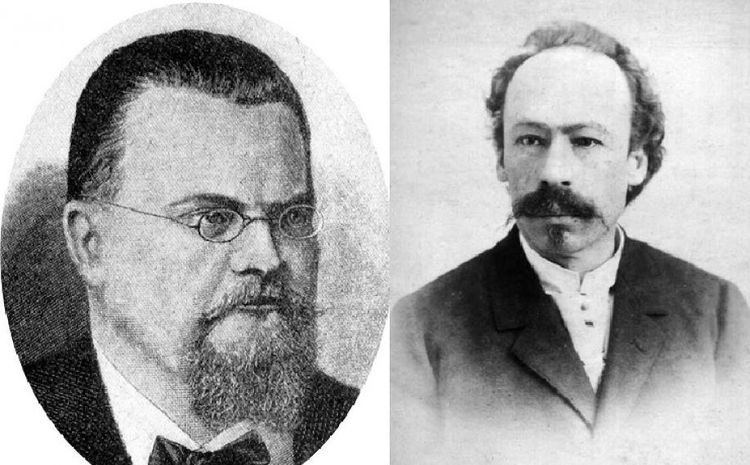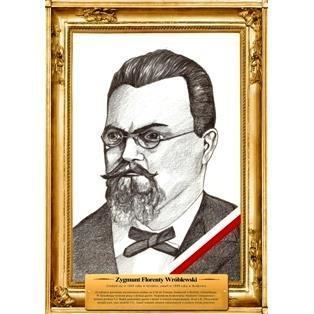Nationality Polish Fields Chemistry
physics | Name Zygmunt Wroblewski Role Physicist | |
 | ||
Alma mater Kiev University
Munich University Known for condensation
liquefaction Died April 16, 1888, Krakow, Poland Education Ludwig Maximilian University of Munich, Taras Shevchenko National University of Kyiv | ||
Zygmunt Florenty Wróblewski (28 October 1845 – 16 April 1888) was a Polish physicist and chemist.
Contents
Life

Wróblewski was born in Grodno (Russian Empire, now in Belarus). He studied at Kiev University. After a six-year exile for participating in the January 1863 Uprising against Imperial Russia, he studied in Berlin and Heidelberg. He defended his doctoral dissertation at Munich University in 1876 and became an assistant professor at Strassburg University. In 1880 he became a member of the Polish Academy of Learning.

Wróblewski was introduced to gas condensation in Paris by Professor Caillet at the École Normale Supérieure. When Wróblewski was offered a chair in physics at Jagiellonian University, he accepted. At Kraków he began studying gases and soon established a collaboration with Karol Olszewski.
While studying carbonic acid, Wróblewski discovered the CO2 hydrate. He reported this finding in 1882.

On 29 March 1883 Wróblewski and Olszewski used a new method of condensing oxygen, and on 13 April the same year—nitrogen.

In 1888, while studying the physical properties of hydrogen, Wróblewski upset a kerosene lamp and was severely burned. He died soon after at a Kraków hospital.

Karol Olszewski continued the experiments, using an improved Pictet cascade apparatus, and carbon dioxide, boiling ethylene in vacuum, and boiling nitrogen and boiling air as cooling agents.
